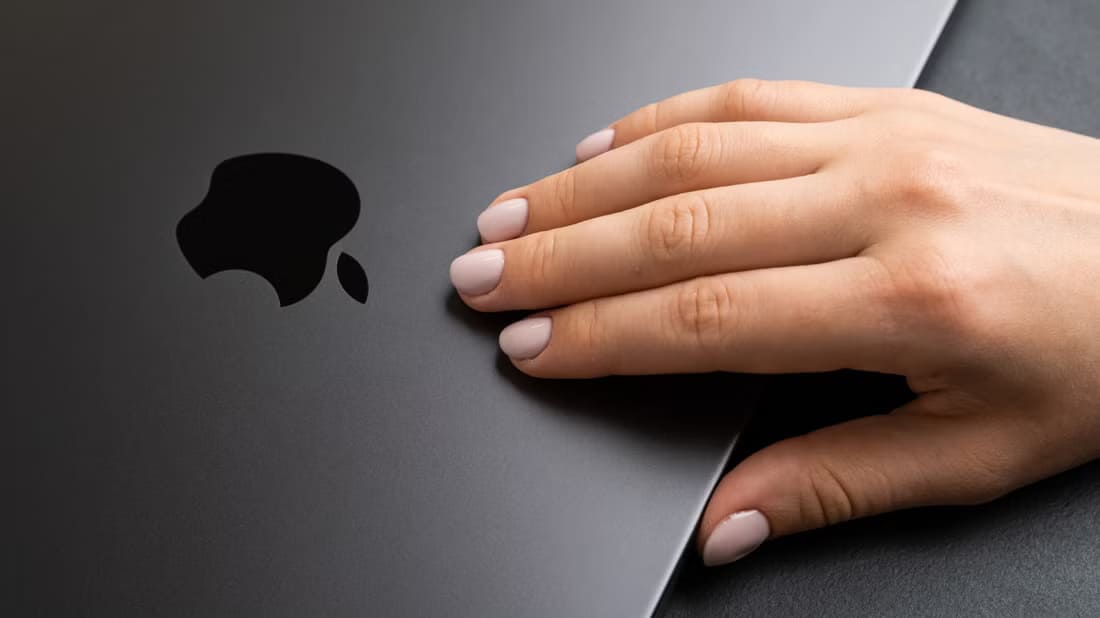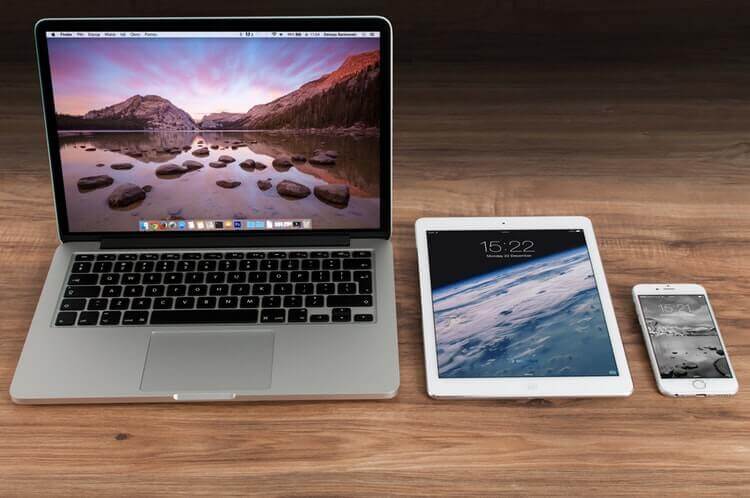Aside from its smart trackpad and solid build quality, Apple's MacBook lineup is also known for its class-leading speakers. You can use the physical volume buttons on your keyboard or the volume slider in Mac Control Center to adjust your MacBook's volume levels. But what if your MacBook changes the volume without your consent? Here are the best ways to fix the automatically low volume on your MacBook.
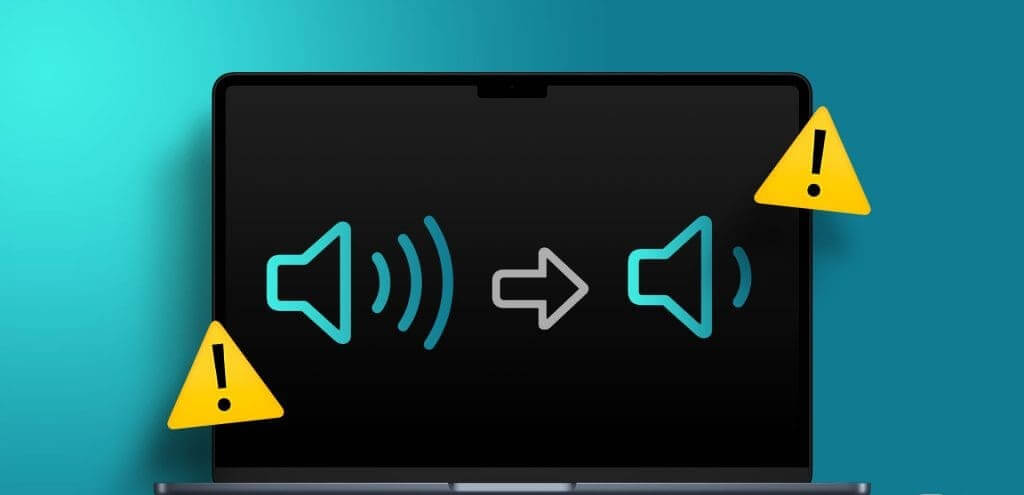
Automatically lowering your MacBook volume can interrupt your workflow, especially when you're using the device's speakers or plugging headphones into your MacBook. You can always adjust the volume levels manually, but this constant behavior can be annoying. Let's stop your Mac's volume from automatically lowering.
1. Restart your MacBook
Restarting your MacBook is a useful trick. To troubleshoot common Mac issuesIt is worth trying it before moving on to advanced solutions.
Step 1: Click on the icon Apple The small one in the upper left corner.
Step 2: Locate Reboot.
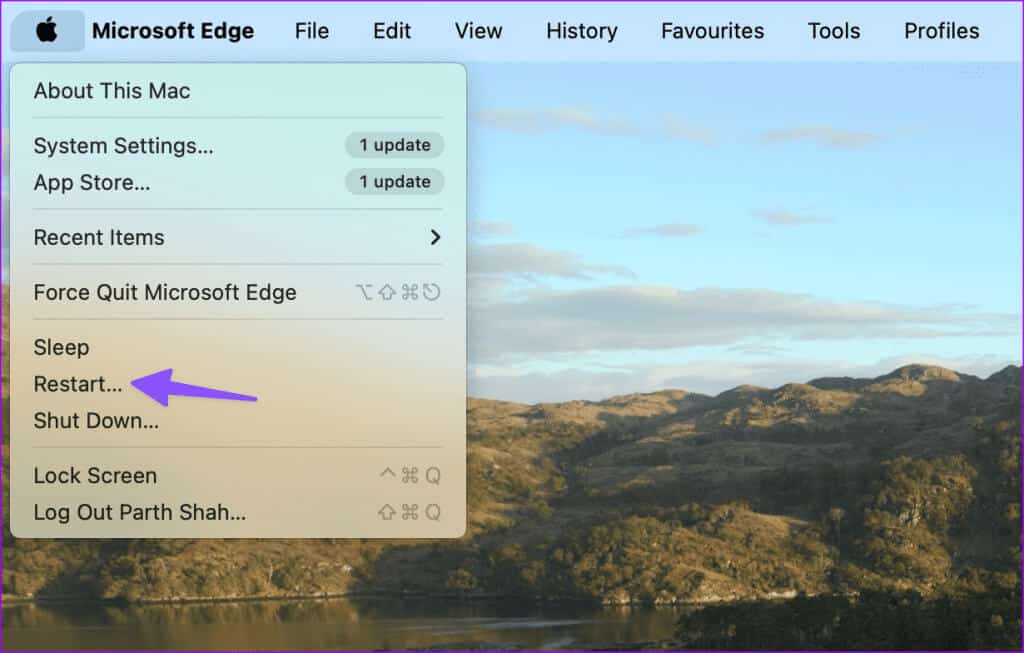
2. Check for keyboard damage.
If you are exposed Your MacBook keyboard is damaged. Regarding the volume keys, this may cause the volume to change without your consent. This damage can be caused by spilling water or coffee on the keyboard.
If so, you can visit your nearest service center to have your keyboard repaired. MacBooks with butterfly keyboards are also known to experience such issues.
3. Delete SIRI shortcuts
Siri Shortcuts is a powerful automation app for Mac. You can create multiple shortcuts to automate your workflow. For example, you can assign a Siri shortcut to enable Bluetooth and increase the volume when playing Spotify or Apple Music. The possibilities are endless with Siri Shortcuts on your Mac.
If you set a Siri shortcut to automatically lower your MacBook volume, delete it.
Step 1: Open Siri Shortcuts on a Mac.
Step 2: Open In short To confirm this condition.

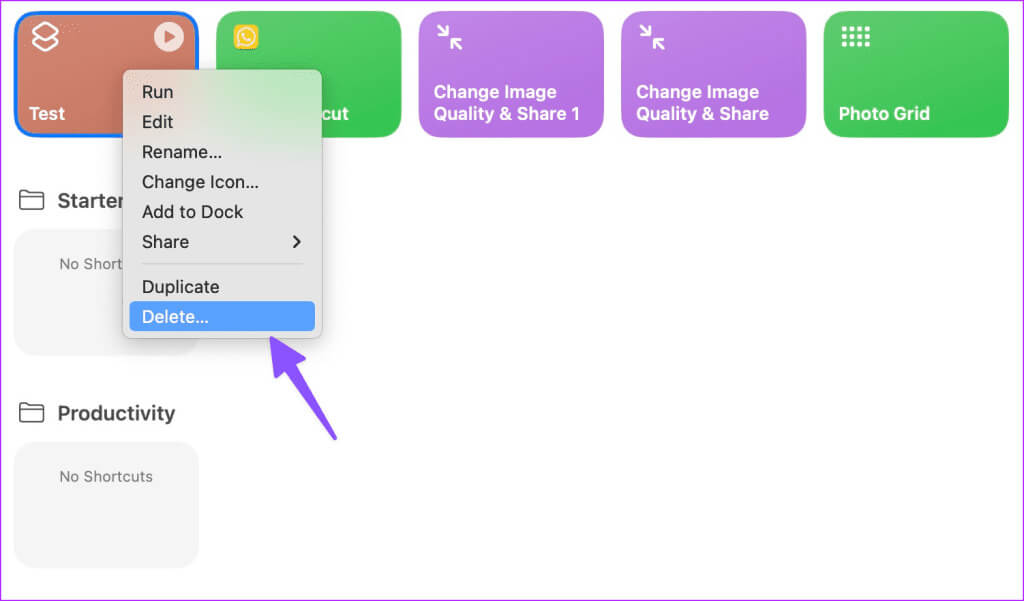
4. Check the connected accessories.
A connected accessory may be automatically adjusting your MacBook's volume. You should remove external speakers and other devices from your MacBook.
5. Check third-party apps
macOS doesn't come with an option to control the volume for each app. You need to use third-party apps to control the volume separately for each app. When using such an app, check the current app volume levels from the menu bar.
Take SoundSource as an example. It's one of the best audio control apps on Mac.
Step 1: Open an app Sound Source on your Mac.
Step 2: Check the current sound output of the system andSound levels For specific applications.
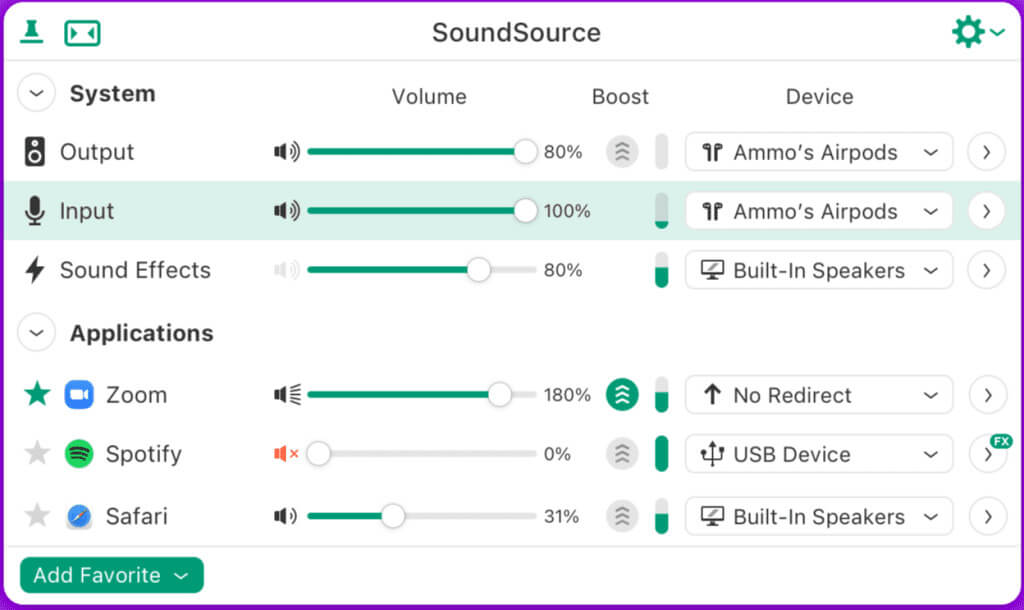
6. Balance MacBook speakers
Are you noticing volume imbalances between the left and right speakers on your MacBook? You should balance them in the macOS System Settings menu.
Step 1: Click on the icon Apple In the upper left corner and choose system configuration from the context menu.
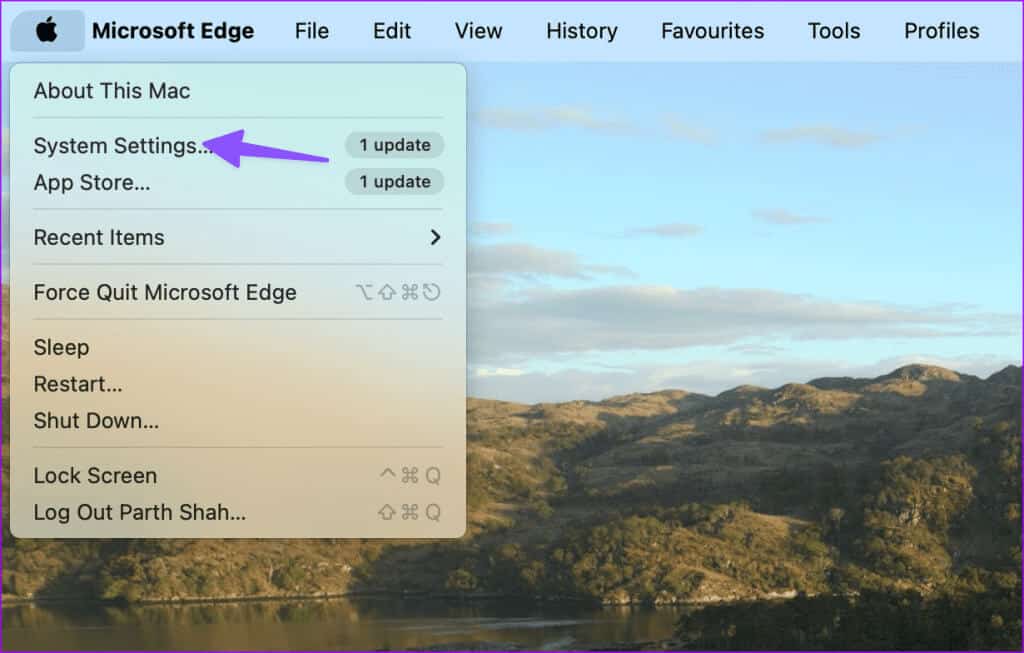
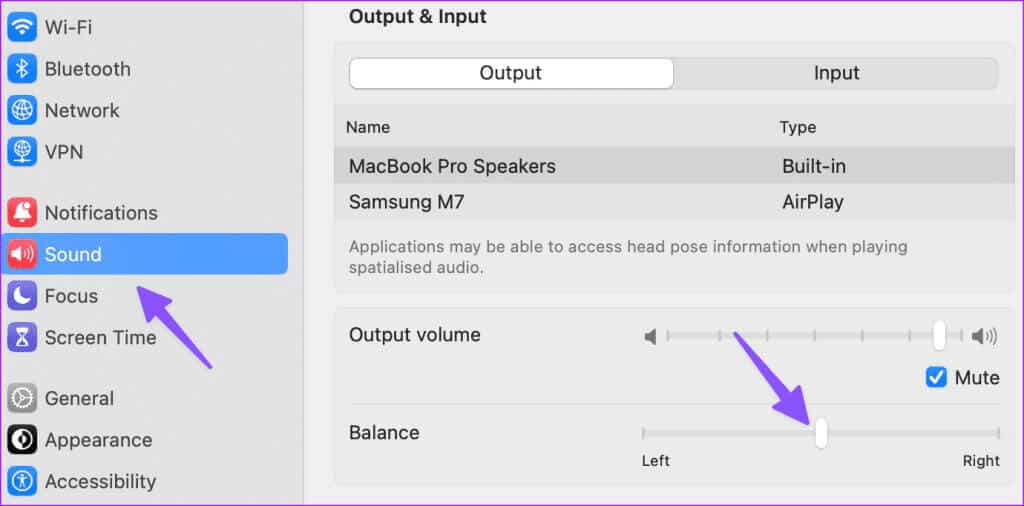
7. Reset NVRAM (INTEL MAC devices)
NVRAM (often known as PRAM) is a small amount of memory that your Mac uses to store system information such as audio, volume, time zone, display settings, resolution, and more. You don't need to reset NVRAM on Apple Silicon-based Macs. However, if you have an Intel-based Mac, follow the steps below to reset NVRAM.
Step 1: do itShut down Mac device.
Step 2: Turn on your Mac and press the keyboard shortcut Option + Command + P + R.
Step 3: Qom By editing it After 20 seconds when the Apple logo appears.

8. Update MACOS
A buggy macOS build could be the main culprit here. You should update macOS to the latest version to fix these volume issues. Here's how.
Step 1: Go to macOS System Settings (See steps above.)
Step 2: Scroll to General and select upgrade software.

Download and install the latest version of macOS on your Mac.
Fix MacBook Sound Issues
Automatically lowering the volume on your MacBook may be the cause. Your device hasn't been hacked or infected with malicious files. It could be hardware damage, interference from a third-party audio control app, an activated Siri shortcut, or an outdated macOS version. Which trick worked for you? Share your results with us in the comments below.



